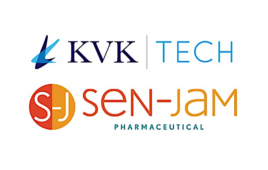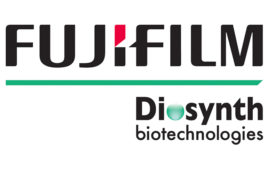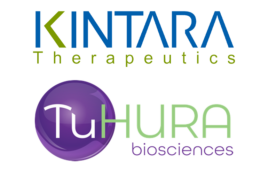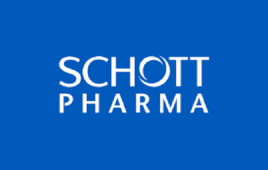New statistics just releasedreveal that R&D investment in new medicines by the biopharmaceutical industrywas $65.2 billion in 2008, an increase of 3 percent from 2007, according to acombined analysis conducted by Burrill & Company, a San Francisco based globalleader in life sciences whose principal activities are in Venture Capital,Private Equity, Merchant Banking and Media and the Washington DC-basedPharmaceutical Research and Manufacturers of America (PhRMA).PhRMA-member companies alone spent an estimated $50.3 billion onpharmaceutical R&D last year — up 5 percent from the 2007 total of $47.9billion in 2007, according to a PhRMA survey. The Burrill & Company analysisshows that non-PhRMA pharmaceutical research companies in the United Statesspent an estimated $14.9 billion on R&D last year, compared with $15.3 billionin 2007. “This is the fifth year that we have joined with PhRMA to reportindustry-wide biopharmaceutical research and development expenditures,” saidG. Steven Burrill, CEO of Burrill & Company. “The growth in R&D investmentshows the industry’s commitment to support important advances in bettermedicines and new treatments for patients made by research scientists andphysicians.” “America’s biopharmaceutical companies are not immune to the challengespresented by our current economic crisis,” said PhRMA President and CEO BillyTauzin. “However, the important work that we do every day in the battle withdisease cannot stop. The U.S. is the world’s hotbed of medical innovation, andthroughout the country, we remain committed today to finding tomorrow’s cures,despite the incredible challenges that are posed by the current economy.”Record investment in R&D is leading America’s pharmaceutical research andbiotechnology companies toward record levels of clinical testing of newmedicines. Today, there are more than 2,900 medicines in development in theU.S., including 750 compounds in development for cancer, 312 for heart diseaseand stroke, 150 for diabetes, 109 for HIV/AIDS and 91 for Alzheimer’s diseaseand dementia. “As we look toward the future of health care in America, we must rememberthat the incredible progress we make every day in research and developmentwill be wasted if patients don’t have access to our life-saving medicines,”said Tauzin. “That’s why we’re committed to working toward comprehensivehealth care reform that offers health coverage to all Americans.”Burrill & Company computes R&D expenses among other key financialparameters on a quarterly basis, in its Burrill Report, for the universe ofU.S. publicly listed biotech companies through its reports on the industry(sourced from company reports filed with the SEC). To create a comparablereport additive to PhRMA’s annual membership survey, Burrill applies a set ofpre-determined criteria to their biotech research to identify and selectnon-member companies. Specifically: — Companies must be based in the United States of America — Companies must not be a member or member subsidiary of PhRMA and, — Companies must meet the “human healthcare focus” test, i.e., their R&D expenses are principally for research and development of newmedicines for healthcare.
Related Articles Read More >

Sen-Jam Pharma, KVK-Tech partnering for manufacturing and formulation for anti-inflammatory injectables

Fujifilm invests $1.2 billion in North Carolina biopharmaceutical manufacturing facility

Kintara Therapeutics, TuHURA to merge in all-stock transaction

